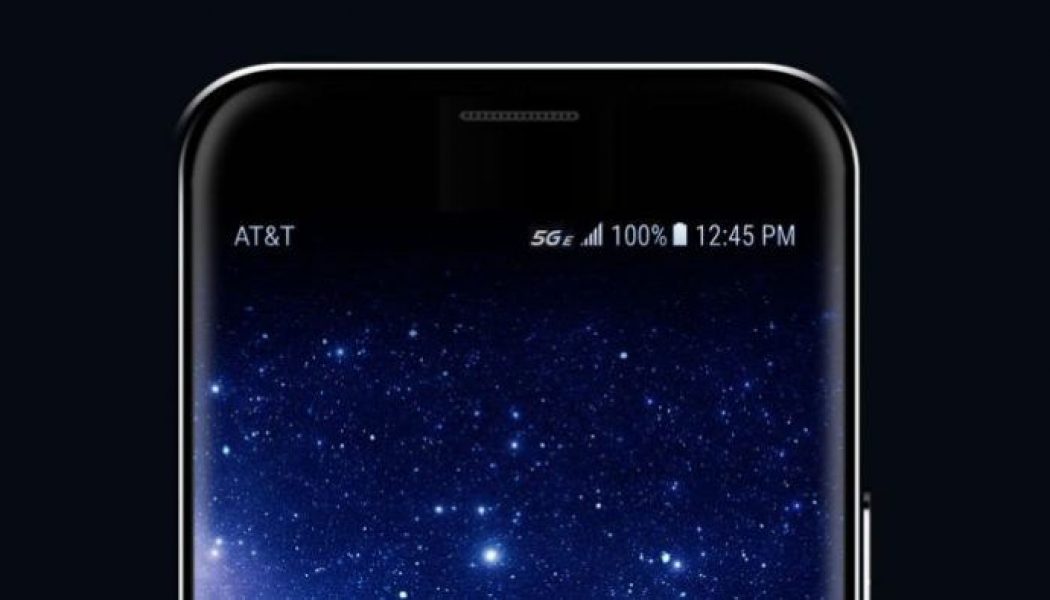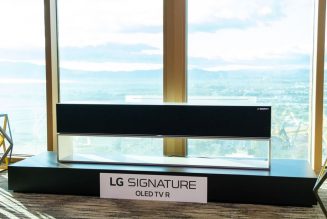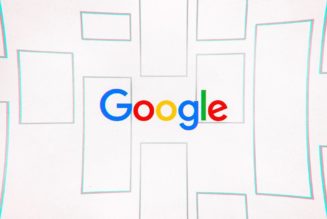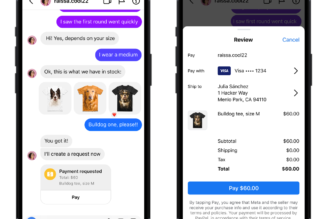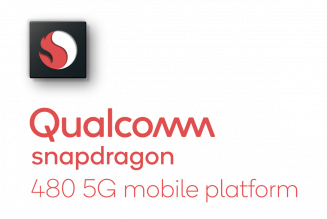AT&T’s actual 5G network is rolling out to major parts of the US this year, but the company’s fake 5G network — which it calls “5G Evolution” and shortens to “5G E” when it appears in the corner of smartphones — has remained the subject of controversy for the last two years. Now, the carrier says it may stop the charade after the National Advertising Review Board (NARB) recommended it cease using the misleading term as well as the phrase ”5G Evolution, The First Step to 5G,” in marketing material (via MacRumors).
As a reminder, 5G E is simply a faster version of the 4G LTE standard, but it comes nowhere close to the speeds promised by the actual 5G spec finalized by the international cellular standards group 3GPP in 2018. AT&T uses its custom logo anyway, putting it in the corner of smartphones and marketing the superior network speeds, despite the confusion it may cause customers and tests that prove the benefits of the network upgrade are negligible.
:no_upscale()/cdn.vox-cdn.com/uploads/chorus_asset/file/13674329/5ge.jpg)
The NARB took up the case after a complaint from competitor T-Mobile led the National Advertising Division, a self-regulatory investigative unit for the ad industry, to label AT&T’s actions misleading. AT&T appealed the decision to the NARB, the appellate half of the ad industry’s self-regulatory process, and the NARB agreed that 5G E was wrongly informing customers about the nature of the network speeds they were receiving.
“The NARB Panel agreed with NAD’s analysis and concluded that the term ‘Evolution’ is not likely to alert consumers to the fact that the service is not 5G,” reads the NARB’s press release put out on Wednesday. “The Panel noted that the current prevalent technology in wireless is 4G LTE, and LTE stands for ‘evolution.’ Thus, consumers may well interpret ‘Evolution’ in the challenged claims as signifying that AT&T’s technology has already evolved into 5G.”
AT&T’s marketing ploy looks even sillier when you factor in that the company has a real 5G network it’s currently trying to market to consumers as a faster and more reliable alternative to Verizon’s. Just last month, AT&T finished its largest expansion yet, adding 90 new markets for a total of 120 million customers across 190 markets now with access to 5G — once the majority of consumers have 5G-ready phones, of course.
Yet, convincing people AT&T will deliver a superior experience when that time comes may be more difficult considering the company rolled out a fake network with a misleading name ahead of time and a fair amount of its consumers might think they already have 5G, as the NARB suggests.
Still, AT&T said that while it “respectfully disagrees” with the NARB’s recommendation, the company says it’s a “supporter of the self-regulatory process” and will therefore comply with the decision. It’s not clear exactly what compliance means here, as AT&T does not expressly say it will remove the 5G E logo from smartphones running on its network.
The company says it’s already ceased using 5G Evolution in its branding, likely because it’s been promoting its real 5G network of late. But there is the chance AT&T simply keeps the 5G E logo around until it can reliable replace it with a real one on most customers’ phones. AT&T declined to comment further on whether it would remove the logo as part of its compliance the NARB recommendation.
